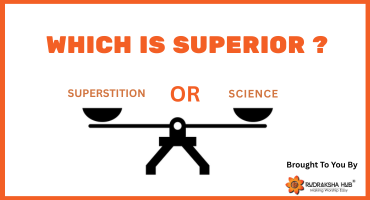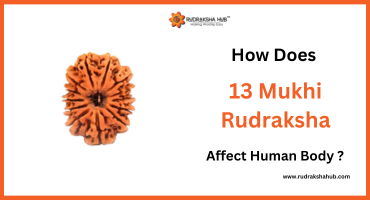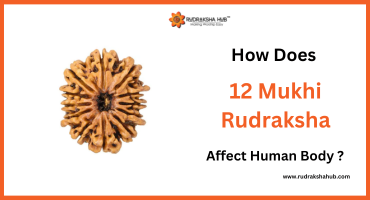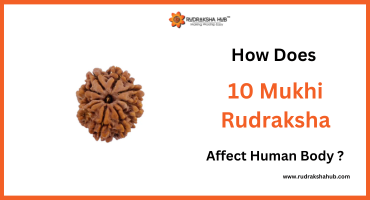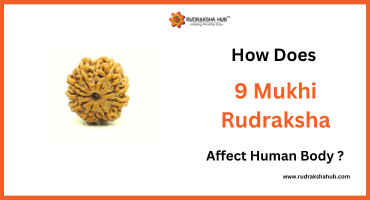
Shrimad Bhagwad Geeta Shlok Blog -67
Shlok-20
न जायते म्रियते वा कदाचिन् नायं भूत्वा भविता वा न भूयः । अजो नित्यः शाश्वतोऽयं पुराणो न हन्यते हन्यमाने शरीरे ॥ 2-20 ||
English Transcription
Na Jaayate Mriyate Wa Kadaachin Naayam Bhootwa Bhawita Wa Na Bhooyah | Ajo Nityah Shashwatoyam Puraano Na Hanyate Hanyamaane Shareere || 2-20 ||
Hindi Translation
Ye shareeri na kabhi janmata hai na kabhi marta hai tatha yeh utpanna ho kar fir hone wala nahin hai. Yah, janmarahit, nitya nirantar rehne wala, shashwat or anaadi hai. Shareer ke maare jaane par bhi yeh nahin maara jaata.
English Translation
It is never born and it never dies, nor will it come to life again when it has ceased to be. It is unborn, eternal, constant, and ancient. It is not slain when the body is slain.
Meaning
In the previous Shlok, we saw how Shri Krishna told in detail about mortality after the detailed explanation of immortality. In this Shlok too, the unobserved and unknown space between mortality and immortality.
There are six stages to any bodily life, namely, being born, being commemorated for the achievement of something important, changing with time, increasing in all aspects, reducing from everywhere slowly, and getting obsolete completely to die. The soul is away from all these six stages and Shri Krishna is trying to explain this exact thing in this lengthy Shlok.
The manner in which the body is born is not exactly how the soul gets born, anywhere, anyhow, and by anyone. It has been there forever so its existence is true and was true and will be true always and forever. Quoting this in his voice, Shri Krishna mentions that the soul never dies because something that does not get born cannot even die and since it cannot die, it needs no post-death rituals. The body dies and thus, it needs a post-birth celebration and post-death ritual. The soul, thus, remains the same, unchanged, unbeaten, alive, and awesome.
The six stages mentioned above need two important things, to be born and to be dead so that all the other cycles can be completed properly. So each time, there is anything regarding birth and death, there has to be a body involved and vice versa, that when there is a body involved, there has to be birth and death. Thus, Shri Krishna uses “Na Jayate” and “Na Mriyate” two times.
Since the soul is not born or not ever seen, it is mostly non-shape-worthy. There is no shape to the soul and that is why too, it needs a body to execute the ideas. When the child is born, there is something to call for ownership for that child, for that body and thus, it is possible to hold the shape, although borrowed from the body.
Now, when there is nothing owned, there is no question of start and end and there is also no question of an exact shape or size or location. Thus, the soul never takes birth, and it never dies. Thus, it never ends or gets smaller. It never stays the same forever yet never just changes as per its own wishes.
The body starts deteriorating over time due to multiple factors, one of them being aging but the soul never deteriorates because it never ages as it has been there since always, same as always.
Thus, there are six levels of the body in which it can go down or deteriorate but there is not even one level that can define the ageing of the soul. Thus, the soul is entitled to handle multiple tasks of multiple bodies and till the time it is not fulfilled, they will keep roaming around, trying to get things done in the best possible manner.
Shri Krishna had to go through so much detail because Arjun was sad that he will have to take the lives of his loved ones and they will all die, but he did not know that they weren’t dying. No one was dying. Their bodies were dying because their soul had to be freed to stop being at the side of the people who are doing something wrong and now go and do something else also they were destined to remove the ill effects of the bad deeds done.
Conclusion
Basically, this Shlok says that the body and the soul are not attached to each other using a rope or anything. The body is separate and the soul is separate. The soul rents the body to work and then moves ahead. It is not attached to the body. The body however might get attached to the soul, its own, or someone else’s, but the soul is never attached to the body. If the body is not let to leave the soul to move on, the body will be in a lot of pain because holding on to something that has to move on and will move on, against its will, knowing that the force is useless will exert a lot of pain and a lot of headaches.
Nothing will be spoiled if the body has to leave the soul and the soul has to leave the body because this happens only when it was to happen. If it happens otherwise, there has been a change in course, and as specified, when no one knows what was to happen and what is to happen, no one will know what will happen and thus, in due course of change, go with the flow, do not hold on to the past and try to make a way for the more important aspect of life.
That’s it for Shlok-20, Chapter-2. We shall meet again tomorrow with Shlok-21, Chapter-2, and till then, keep reading, and keep improving.

